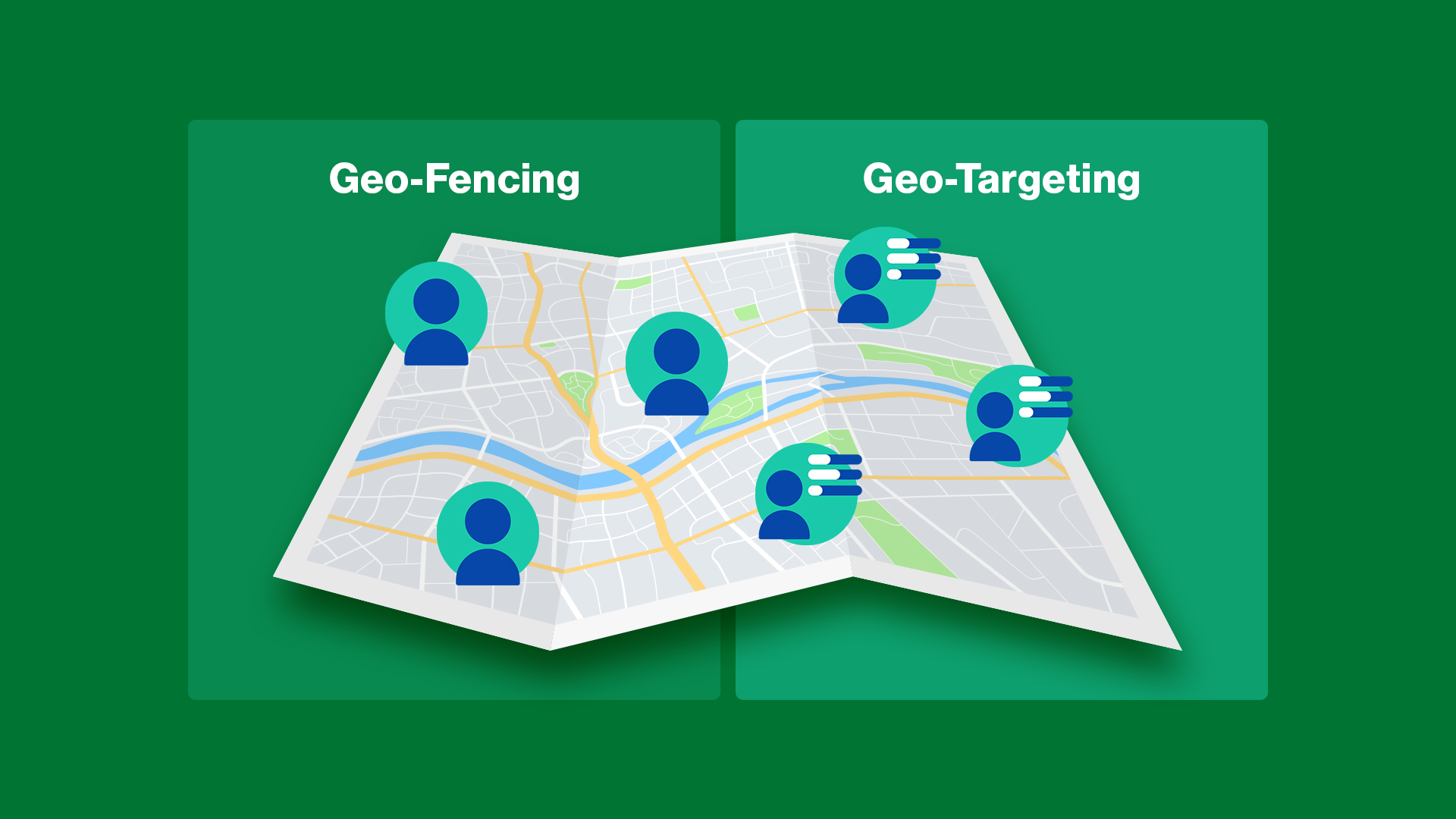In an era where personalized user experiences are essential for customer engagement and retention, geofencing technology has become a powerful tool for businesses. By seamlessly connecting the physical world with digital interactions, geofencing enables companies to deliver precise, context-aware experiences that resonate with users.
To fully grasp this innovative technology, we’ll dive into what geofencing is, its development over time, its wide-ranging applications across industries, and how platforms like Radar are simplifying geofencing deployment and enhancing its impact.
Understanding Geofencing and Virtual Boundaries
Geofencing involves using Global Positioning System (GPS) technology to establish virtual boundaries around real-world locations. By leveraging the geographic position of mobile devices, geofencing enables businesses to initiate specific actions based on a device’s movement in relation to these predefined zones.
After setting up a virtual perimeter, software can be programmed to trigger actions when a device enters, leaves, or stays within the designated area. These triggers can initiate various responses, from sending location-based notifications to monitoring movement within a designated space, opening up countless possibilities for personalized and timely user interactions.
Across industries such as retail, logistics, and event management, geofencing is tailored to address unique business needs, allowing organizations to harness location data to improve operations, enhance marketing strategies, and elevate the customer experience.
How Geofencing Works
Geofencing operates through a combination of GPS, radio frequency identification (RFID), Wi-Fi, and cellular data to create virtual perimeters around physical locations. These digital boundaries—known as geofences—are defined through geofencing software that actively monitors mobile devices within the specified area using location services.
When a device crosses into or out of this digital boundary, the geofencing software automatically triggers pre-programmed actions like sending push notifications or SMS alerts. By integrating geofencing with location services, businesses can engage their audience with hyper-relevant messages, increasing user interaction and driving conversions.
Leading providers like Radar enable businesses to create unlimited geofences with location accuracy as precise as five meters, offering robust and scalable solutions for location-based engagement.

The Growth of Geofencing with iOS and Android Advancements
As iOS and Android have evolved, so too has geofencing technology, expanding its capabilitiesOver the years, both platforms have continuously improved their geofencing frameworks to deliver greater accuracy, improved battery efficiency, and stronger privacy safeguards.
Both iOS and Android provide APIs that developers can use to create and manage geofences. However, these native capabilities come with certain constraints, such as a limited number of active geofences per device and inconsistent location precision. As a result, building a seamless and effective geofencing application requires overcoming these technical limitations to ensure a consistent user experience across devices and platforms.
Companies like Radar have played a pivotal role in surpassing these hurdles. By offering open-source SDKs, flexible APIs, and an intuitive dashboard, Radar empowers businesses to implement geofencing with minimal coding, making location tracking and event generation easier and more reliable than ever.
Different Types of Geofences
Geofencing can be structured in several formats, each catering to specific business objectives and operational needs. Key types of geofences include:
Circular Geofence
A circular geofence sets a boundary by drawing a radius around a specific point. By adjusting the radius, businesses can control the coverage area, making it perfect for wide-reaching, location-based marketing efforts. For example, businesses can send promotional offers to customers who enter within a certain distance of a retail store.